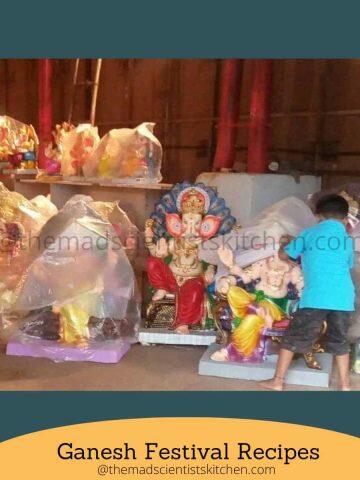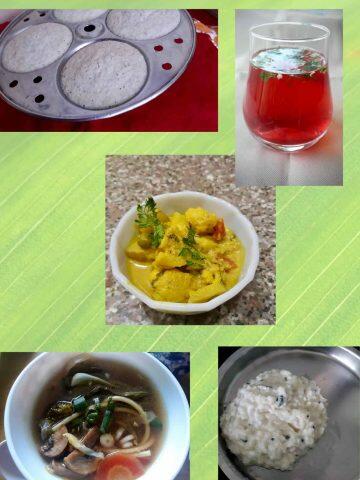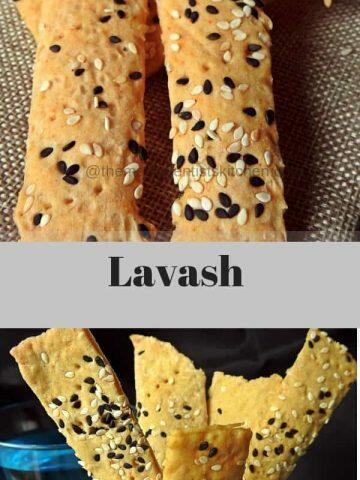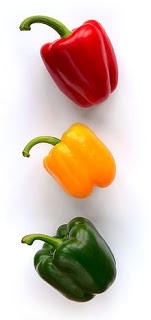Go to any Hindu religious ceremony in Goa there are 90% chances that you will be served Mangane!
A delicious fragrant payas traditionally Goan made in coconut milk. With the abundance in coconuts that we have coconut milk is used in almost all the Pasayam or Kheer.
Milk I believe was scarce and was hardly used. After all traditional cooking is making use of nature's blessings! Honestly Goans generally do not like curd or milk. For a person like me who cannot think about not using milk this continues to be a shock. Let me tell you a tale, as a child next door, Richa used to be in our house. Why not she had plenty of people playing with her and she was a pleasure to have around! She had meals in our house and went home to eat her "meme" that is fish! Every day she had a conversation with my Father-in-law he said," Richa dahi khanar" that means Will you eat curds? The pretty doll with her hand on her nose with just her chubby cheeks visible used to say, "Baba chicken khanar?" translated it means Baba will you eat chicken?
Anyway coming to Mangane its simple to make and delicious. Kaki, my husband's friend's mom makes the most delicious and yummiest Mangane. I have never eaten anything better.
The measures here are approximate and the coconut milk I have used comes from a tetra pack. Needless to say Kaki will not aprove as she wants her coconut milk extracted just right. The first thick milk is what she uses. ( I used ½ of the coconut milk and the other half got made into a delicious Sol kadhi)!
Mangane
Recipes Source: Deepak's Mom, Kaki
Ingredients:
- • ¼ cup chana dal
- • 2 tblspn sabudana/sago
- • ¼ cup jaggery (adjust as per taste)
- • 100ml coconut milk
- • Cashew nuts, fried
Method:
- Soak the sabudana in ¼ cup water.
- Soak the chana dal in sufficient water (the water is a little above the level of chana dal) and cook in the pressure cooker for 1 whistle. Let the pressure drop naturally.
- Once the cooker is open check for the done (ness) of the dal. The dal should be cooked but should keep its shape.
- Transfer the dal, sabudana and add ¼cup water and cook the mixture on low flame till the sabudana is done. The sabudana becomes transparent when done. Add more water if needed about ⅛ cup at a time.
- Now add the jaggery and cook for 5-10 minutes.
- Add the coconut milk.
- Cook on low flame stirring occasionally.
- Remove from the flame cool and serve.
Relearn your alphabets this Blogging Marathon. I have said that
I
Do check what my friend say here.
Hi! First time here?
Well then you are Most Welcome! I hope you keep coming back for more here.
If you are my regular visitor then a big Thanks, for you encourage me to experiment more!! I would like you to please click on my link below and like my Face Book page. I will be happy if you can follow me onTwitter too!









PJ says
I can never imagine a day without milk and a meal without curd!!And this is definitely a delicious kheer with all that coconut milk.
cookingwithsapana says
Manganese sounds to be a delicious and comforting desert ! Will try it ...
Pavani says
Such an interesting dish.. Dal & sabudhana in a payasam sounds delicious.
manjula says
wow thats an interesting vegan payasam dear 🙂 looks so delicious and yummy !! channa dal and sago fabulous combo's !! thanks for sharing 🙂
KP says
Wow,this is so simple to make but yet promises to be a very delicious dessert.
Priya says
Wish i get a bowl of this delightful mangane, very new dish for me.
Vaishali Sabnani says
Enjoyed. Reading your post and the dessert sounds interesting Archana.
Srivalli says
While I know of a payasam that we make with similar ingredients, the name surely is new and the connections..very nice to read about your story..:)
Chef Mireille says
flavor profile sounds so delicious..def on the to try list
foodiliciousnan says
Baba, chicken khanar? Well narrated, Archana! Loved reading this post. And for the coconut lover in me, this payas will be bliss...will try this sometime for sure
Sandhya Karandikar says
Cant imagine life without milk/curds. Any payasam made with coconut milk has to be delicious. I remember our neighbour sending a bowl of this sometime during the month of "Shraavan"
Sowmya says
very authentic and delicious!!! so yummy!!!
Sowmya
harini says
Wow! Goan cuisine is amazing in versatility love the kheer!
Rajani says
Keralites and Goans are not that apart when it comes to food, mainly coconut consumption. Payasams with coconut milk (with jaggery base, mostly) is a regular thing for all the functions!
veena says
Such an interesting combo...looks delicious
Preeti Garg says
Sound interesting.